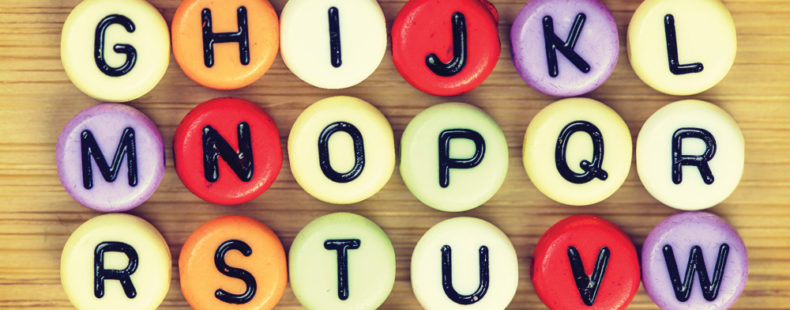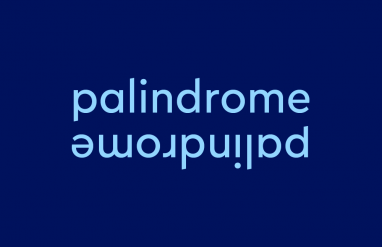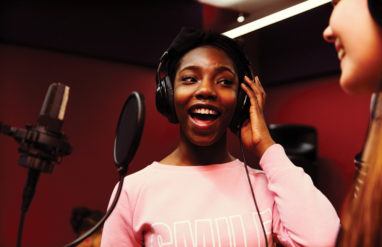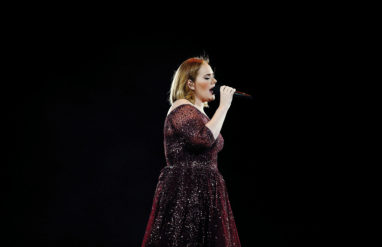Whether you learned your ABCs while hanging out with the gang from Sesame Street, from someone in your family, or you were schooled in everything from A to Z in kindergarten, you probably learned the alphabet with the help of the alphabet song. The clever tune is imprinted in the brains of most of us English speakers. When you look up a word in the dictionary, you may still sing the song to yourself to remember if L is before J … or maybe that’s just us.
So, where did the ABC song come from?
Who wrote the ABC song?
We take the song for granted today, but someone had to write that tune. Though you may not recognize it, the tune of the alphabet song is based on the tune of a very common nursery rhyme: “Twinkle, Twinkle Little Star.” In the 1780s, Mozart originally composed the tune as a variation on a classic French nursery rhyme “Ah! vous dirai-je, Maman” (which means “Ah! Shall I tell you, mother?”).
Fifty years later, an American music publisher Charles Bradlee put the useful lyrics to that catchy tune: A, B, C, D… you know how it goes. In 1835, he copyrighted the song. The song’s legal title was “The A.B.C., a German air with variations for the flute with an easy accompaniment for the piano forte.” Rolls right off the tongue …
WATCH: Can You Correct These Grammatically Incorrect Song Lyrics?
Alphabet songs in other languages
Obviously, the rest is history. Today, the tune is standard for alphabet songs, not only the English alphabet, but also French and German.
Similarly, other languages have alphabet songs to help children learn and remember the written language. An Arabic version of the song goes “Alif Ba Ta,” for the first letters of the Arabic alphabet. Both Japanese and Chinese have poems that express all the characters in the language. In Japanese, a poem, “Iroha”, contains all the syllables of Japanese, called kana. A more common organization of the language, though, is the gojūon, which also has all the Japanese kanas. In Chinese, a poem called the “Thousand Character Classic” helps schoolchildren learn all the Chinese characters.
Clearly, we all need songs and other mnemonic devices to help us remember written language … not just the children either.














